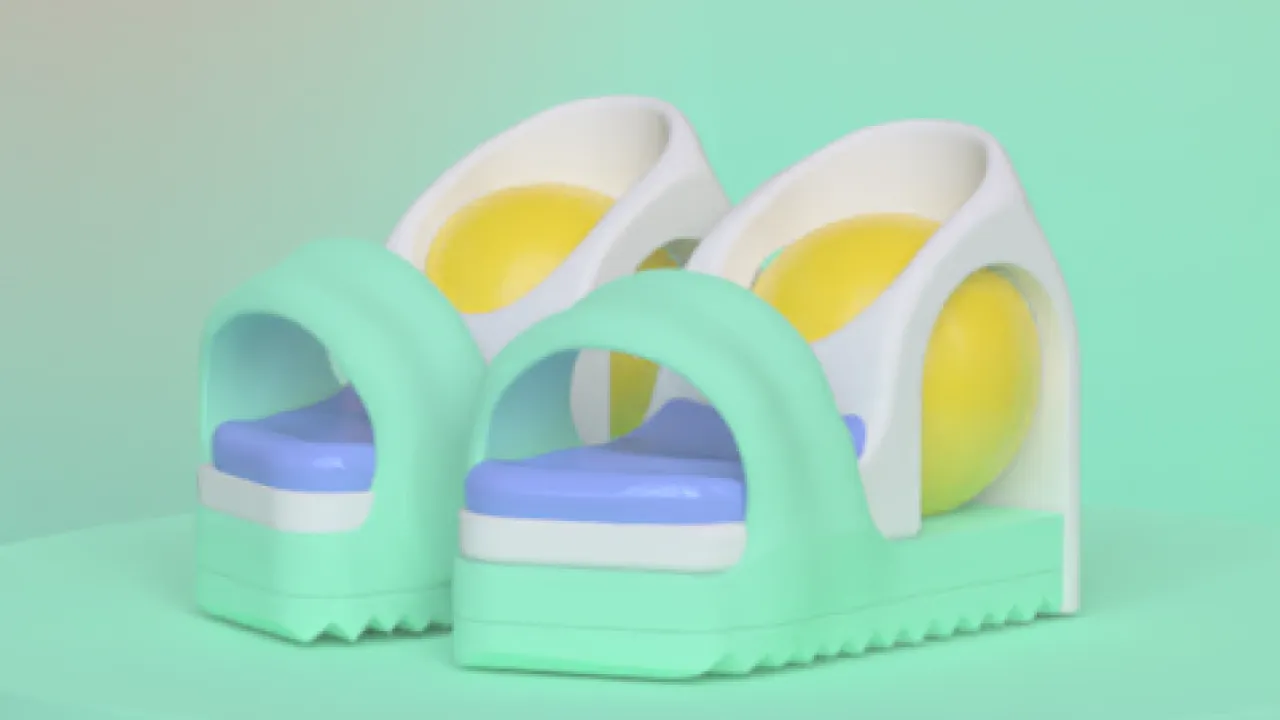
As a designer, you know that trends are always changing and moving forward. Design trends last for a few months or years at most. Then popular design trends shift. Because the design world is always moving, you need to be exploring and moving forward with the trends. If you don’t, your designs can become outdated and irrelevant.
In this post, we’ll share four design tools that can help you stay on the cutting edge, and how you can use each one to expand your design knowledge and expertise.
Figma
Figma is a collaborative design software for editing graphics, wireframing, and much more. This great free tool can help teams work together and collaborate on all sorts of design projects. Figma is free to use and has some impressive capabilities. Usually, free design tools are lacking behind their paid counterparts, but Figma brings a lot to the design table.
You can use Figma for all kinds of graphic design projects, ranging from wireframing websites, UI and UX design, mobile app development, prototyping designs, and everything in between. There’s also a library of templates that Figma offers that can help you get started on your next project.
We like Figma because it allows for easy team collaboration. Since, there are so many moving parts in complex projects like a website or mobile app, easy collaboration is key. Figma is a cloud-based design tool, so you can use it right in your web browser and get live feedback from your partners. That’s much easier than email files back and forth, especially if you’re working remotely.
Check it out here, Figma - the best collaborative interface design tool.
Photopea
Photopea is an advanced image editor that feels very similar to Photoshop. It can be used for image editing, creating illustrations, web design, and converting between different image formats.
Photopea can be used in your browser for free, without downloading any software. Some experience with Photoshop can help you take advantage of the advanced features that Photopea offers, but experience isn’t necessary.
Photopea's big selling point is that it's easy to use on the go. It works very well with PSD files, supports photo layer editing, and saving files as a PSD. That means that you can take a file from Photoshop and make some quick edits on any device without downloading anything.
Photopea probably isn't going to replace Photoshop. Instead, Photopea is an excellent tool for designers who need to make quick edits on occasion and want a tool that’s more powerful than Canva.
Womp
We might be biased, but this list would be incomplete without sharing our own design tool. Womp was created to fill a gap in the 3D design space.
Womp is for creatives who want to learn 3D, it allows you to explore and learn 3D design without downloading anything or trying to figure out a complex interface. It is a social and creative 3D software that combines the most powerful 3D tools into a collaborative workspace. You and your team can design content for manufacturing and media right from your browser.
This tool features 3D file sharing, exciting materials, and more. You can also enjoy watching diverse 3D models from artists around the world.
If you want to start exploring 3D, what better time than now? Click here to start creating beautiful 3D art right on your browser.
Proto.io
Proto.io is an application that allows for the inception of lifelike prototypes that begin with a general idea and bring it to life with a complete design. Proto.io allows users to prototype apps for anything with a screen, including smart TV’s, digital camera interfaces, vehicles, and game consoles. Proto.io features an easy drag and drop user interface and you don’t need to know how to code.
Proto.io gives you access to hundreds of UI components and thousands of templates, icons, stock images, and sound effects.
You can start developing your initial ideas with a hand-drawn style, work them into a functional wireframe, and finish them with an accurate, usable prototype. This is extremely useful when you want to test the UI aspects of your project.
There are a bunch of great demos to start designing with, and you can really see just how easily this end-to-end solution could replace a number of tools that you might be using. Proto.io also offers an asset manager, developer guides, and the ability to record your prototype, making it one of the best prototyping tools out there.
Which one are you going to use to expand your design expertise?